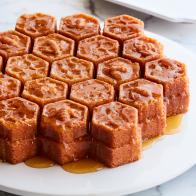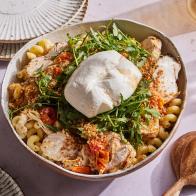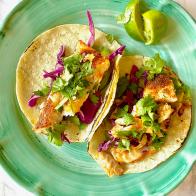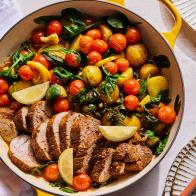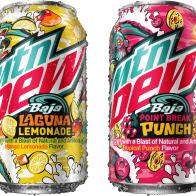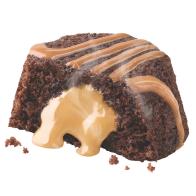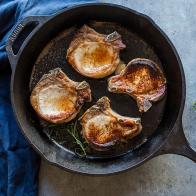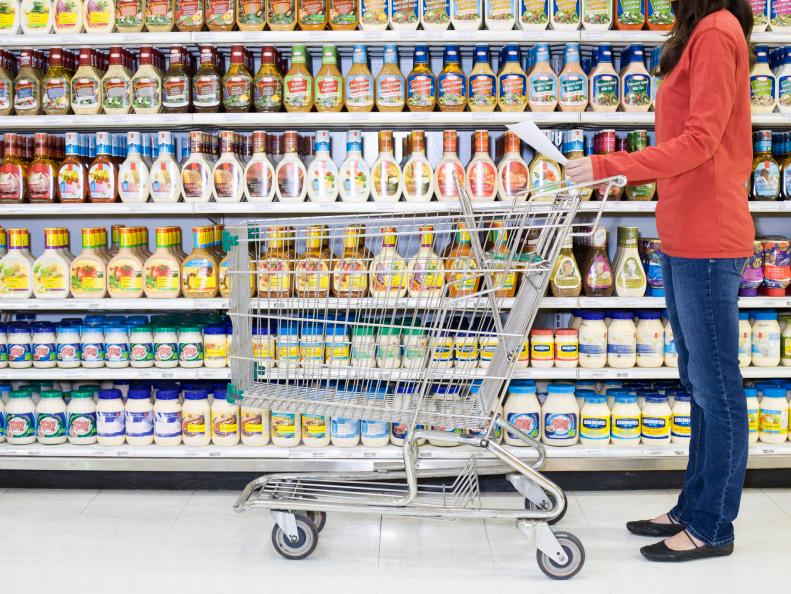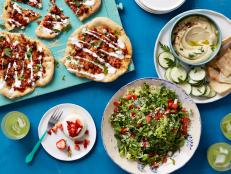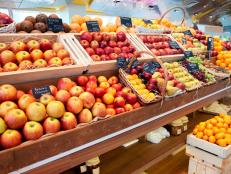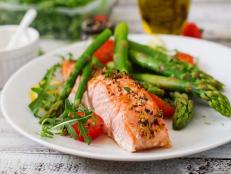1 / 11
Photo: FangXiaNuo/Getty Images
Find the Line Between Thrifty and Wasteful
When it comes to stocking up for a big bash or bringing home supplies in serious quantity, we do love our price clubs and big-box stores. We also love those huge supermarkets with their wide aisles and their awesome sales, and we get fierce when pushing the big cart. But there's a fine line between thrifty and wasteful. As we unpack in the calm realities of our homes, we sometimes find ourselves re-examining some of our purchases. "What did I think I was going to do with 128 ounces of gherkins?" might be the kind of question that floats through your mind as you wedge the pickles into a pantry cabinet only slightly larger than the jar itself. To avoid BBR, read these tips and we'll all be better shoppers.
